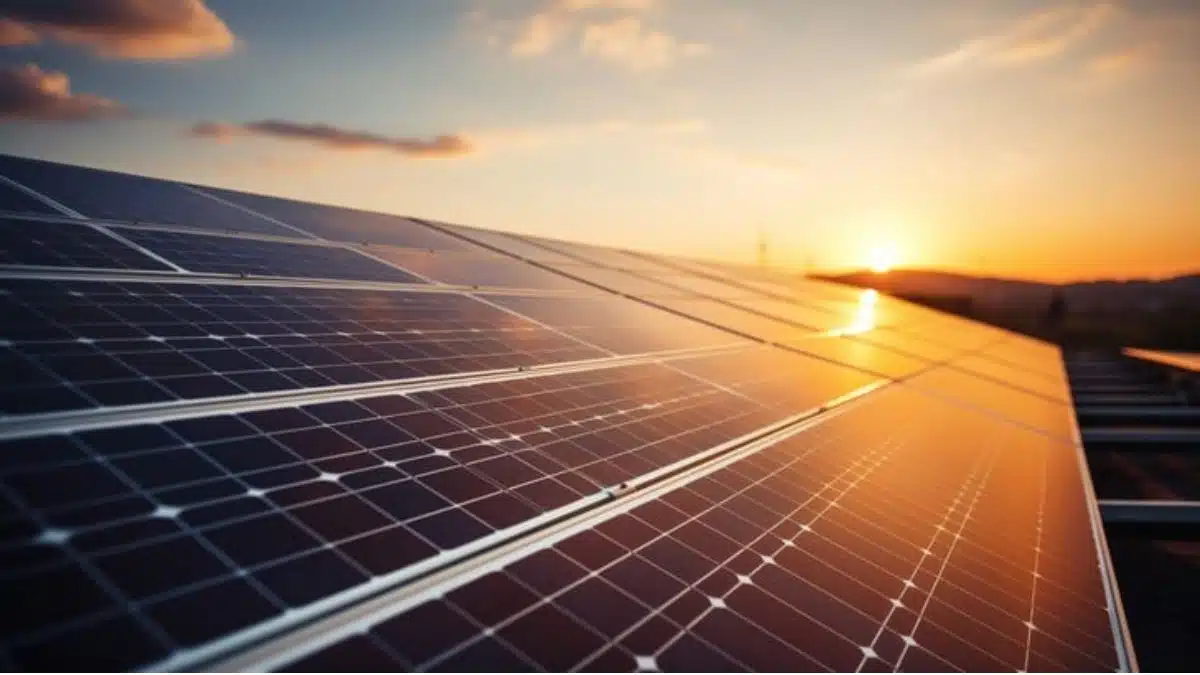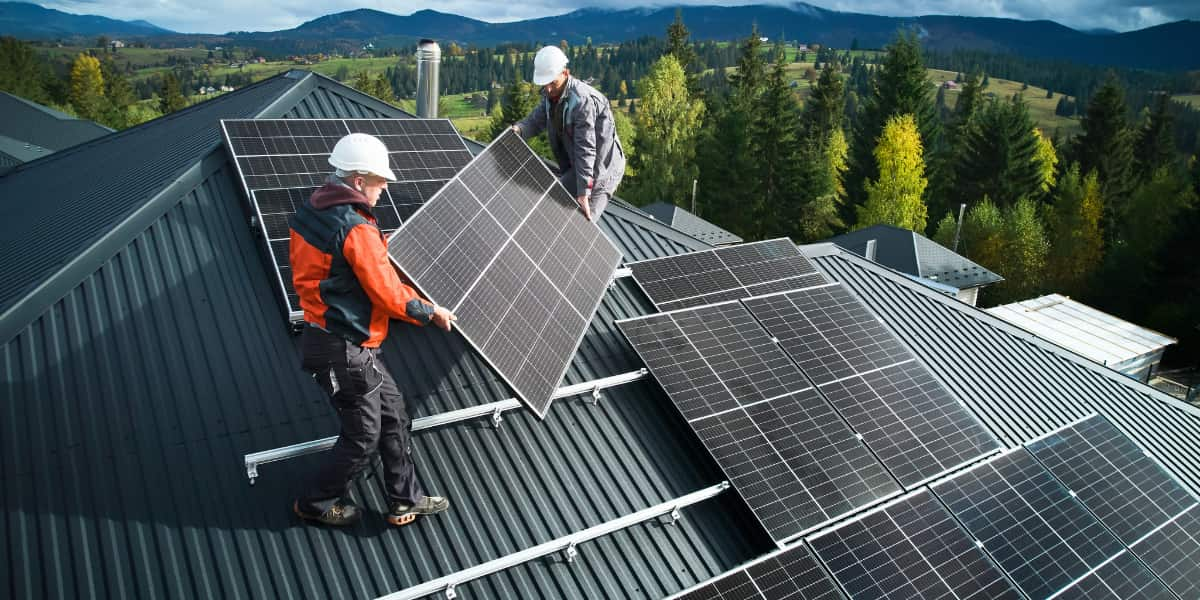Blogs
How do solar panels, inverters, and batteries work together to generate and store electricity

Discover how solar panels, inverters, and batteries work together to harness solar energy, convert it into electricity, and store it efficiently for your energy needs.
Solar panels consist of smaller units called solar cells, which actively convert sunlight into electricity. These cells use silicon, a semiconductor material, to facilitate this process efficiently. Select 66 more words to run Humanizer. When sunlight hits these cells, something remarkable happens. Learn how solar panels, inverters, and batteries work together to capture sunlight, convert photons into electrical energy, and store it efficiently for your energy needs.
Now, electrons are tiny particles that orbit around the center of an atom. When they receive the energy from the photons, they become excited and start moving around. This movement of the electrons creates an electric current, which is essentially a flow of electricity.
When connected together in a solar panel, these solar cells generate enough electricity to power various devices and appliances. This electricity is in the form of direct current (DC), which is the same kind of electricity that comes from batteries.
Inverters: Converting Electricity for Practical Use
Now, most of the devices we use in our homes, such as TVs, computers, and kitchen appliances, require a different kind of electricity called alternating current (AC) to operate. This is where inverters come into play.
The inverter is a crucial component of a solar power system. It takes the DC electricity generated by the solar panels and converts it into AC electricity, which is what we use to power our devices. In other words, the inverter acts as a translator, ensuring that the electricity from the solar panels can be used to operate our appliances and electronics.
Batteries: Storing Excess Electricity for Later Use
What happens when it’s cloudy or when the sun goes down? Solar panel can still work when it’s cloudy, although they produce more electricity when it’s sunny. However, when the sun sets, there’s no more sunlight for the solar panels to utilize.
This is where battery storage comes into play. Some solar power systems are equipped with batteries to store the excess electricity generated by the solar panels during the day. These batteries store the energy for later use, such as during the evening or on cloudy days when the solar panels are not producing as much electricity.
Working Together: The Solar Power System in Action
Now, let’s put it all together. During the day, when the sun is shining, the solar panels capture sunlight and convert it into electricity. The inverter then converts this electricity from DC to AC, making it suitable for powering our devices and appliances. Any excess electricity that is not immediately used is stored in the batteries for later use.
When the sun sets or when the demand for electricity exceeds what the solar panels can produce, the stored electricity from the batteries can be utilized to power homes, businesses, or other electrical loads. This integrated system allows for a reliable and continuous supply of electricity, even when sunlight is not available.
Benefits of Solar Power Systems
Solar power systems offer numerous benefits. They provide a clean and renewable source of energy, reducing reliance on fossil fuels and lowering greenhouse gas emissions. By generating electricity from sunlight, solar power systems contribute to environmental sustainability and help combat climate change.
Additionally, solar power systems can provide energy independence and resilience. By generating and storing electricity on-site, individuals and businesses can reduce their dependence on the traditional grid, enhancing their ability to withstand power outages and fluctuations in energy supply.
Furthermore, solar power systems can lead to long-term cost savings. By harnessing the power of the sun, individuals and businesses can reduce their electricity bills and potentially even generate income through programs such as net metering, where excess electricity can be fed back into the grid for credit.
Conclusion
In conclusion, solar panels, inverters, and batteries work together to form a comprehensive solar power system that captures sunlight, converts it into usable electricity, and stores excess energy for later use. This integrated system offers a sustainable, reliable, and cost-effective approach to meeting our energy needs while reducing our environmental impact.
I hope this explanation helps you understand how solar panels, inverters, and batteries work together to generate and store electricity. If you have any more questions or need further clarification, feel free to ask!






























